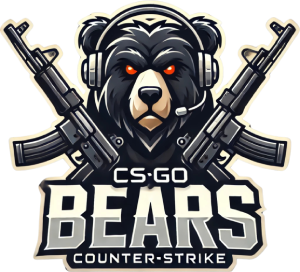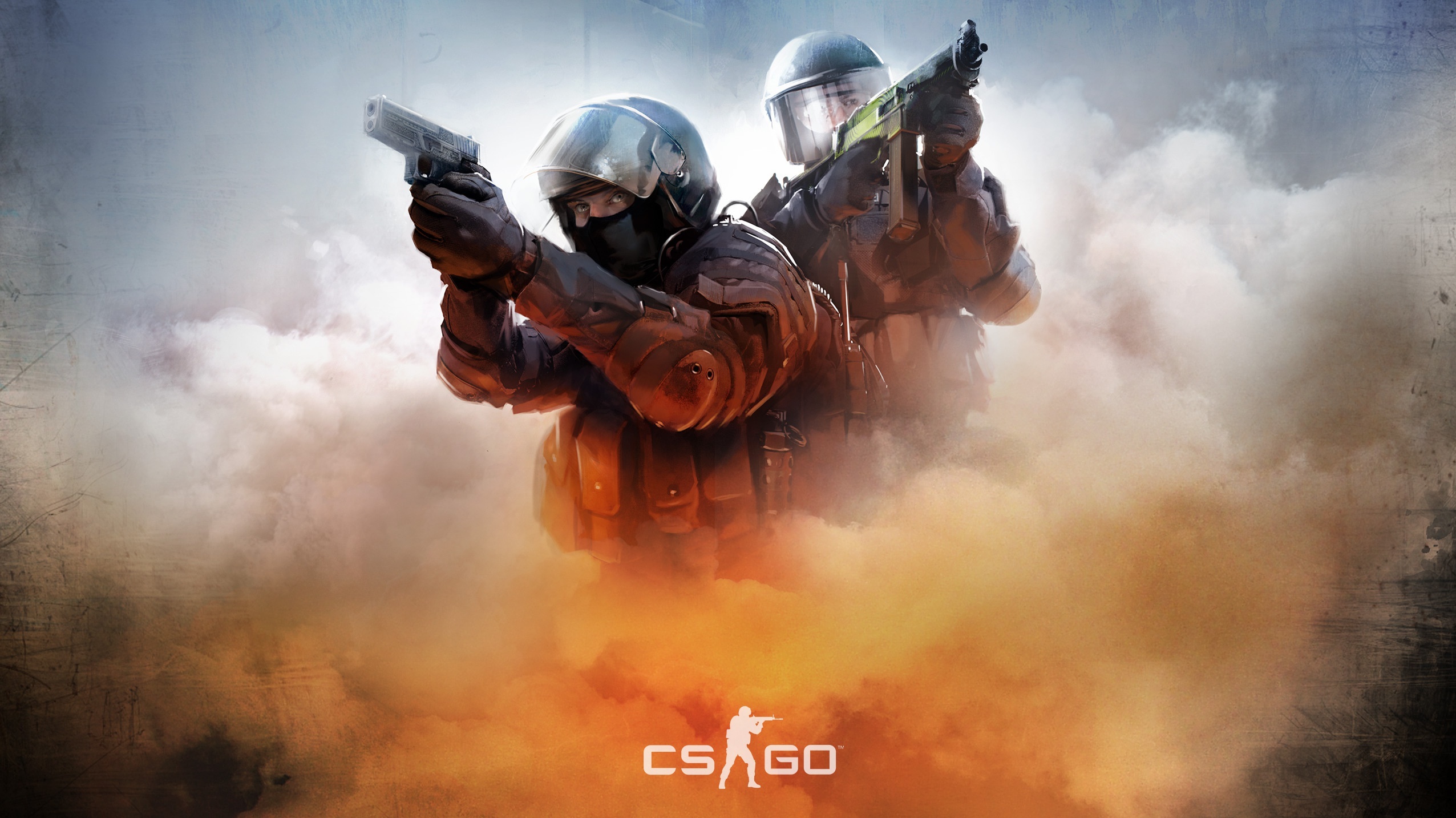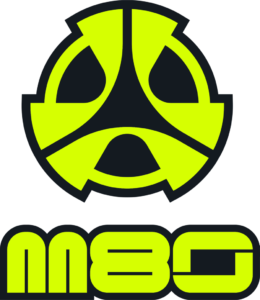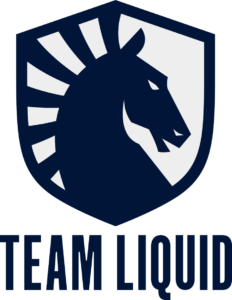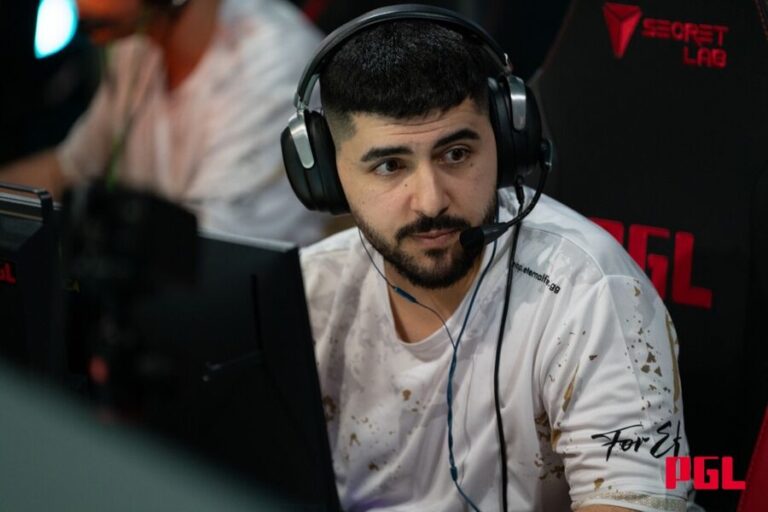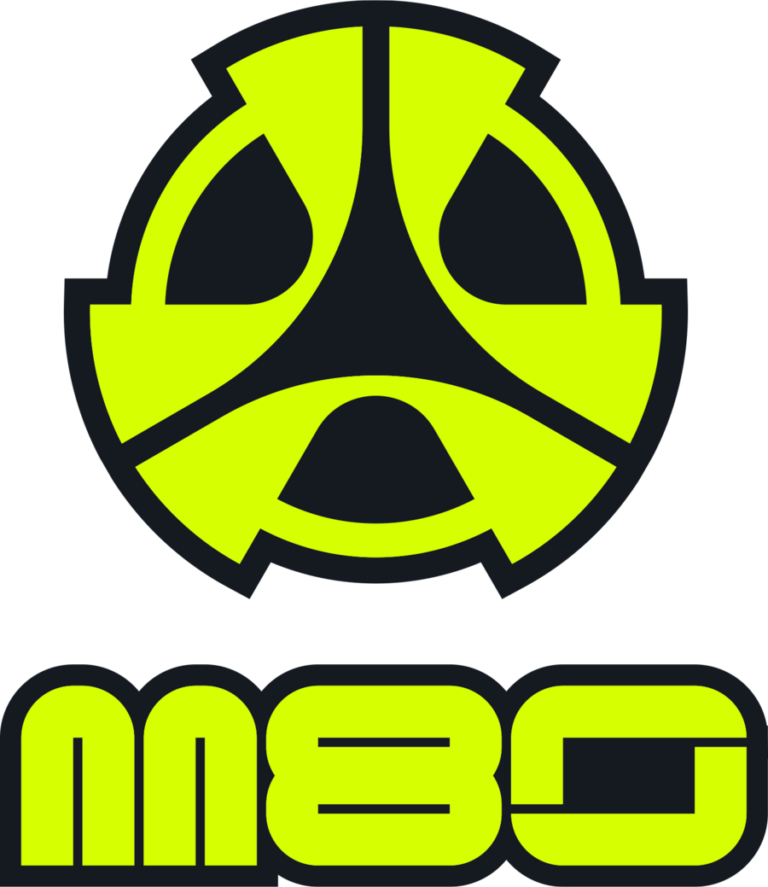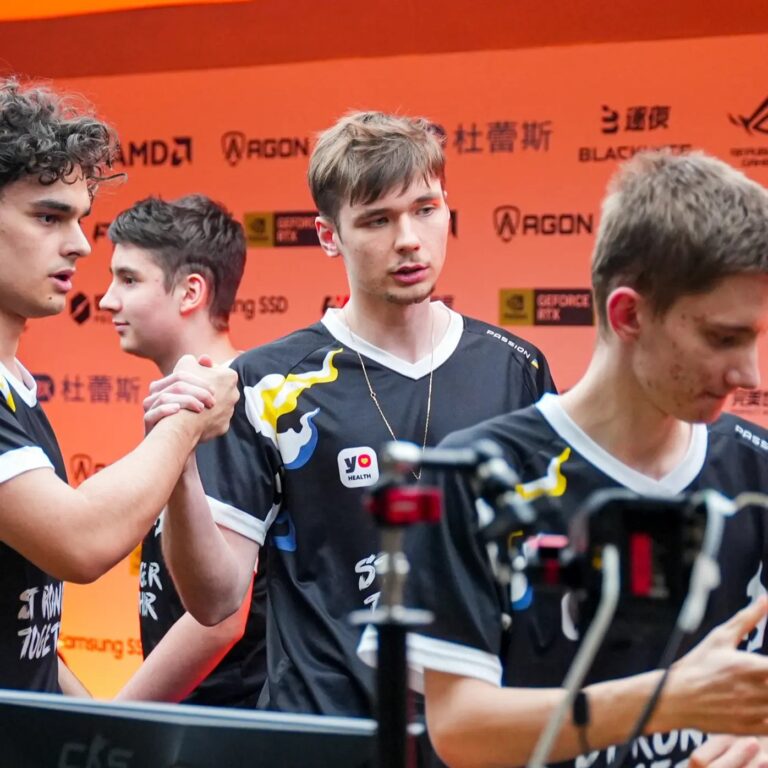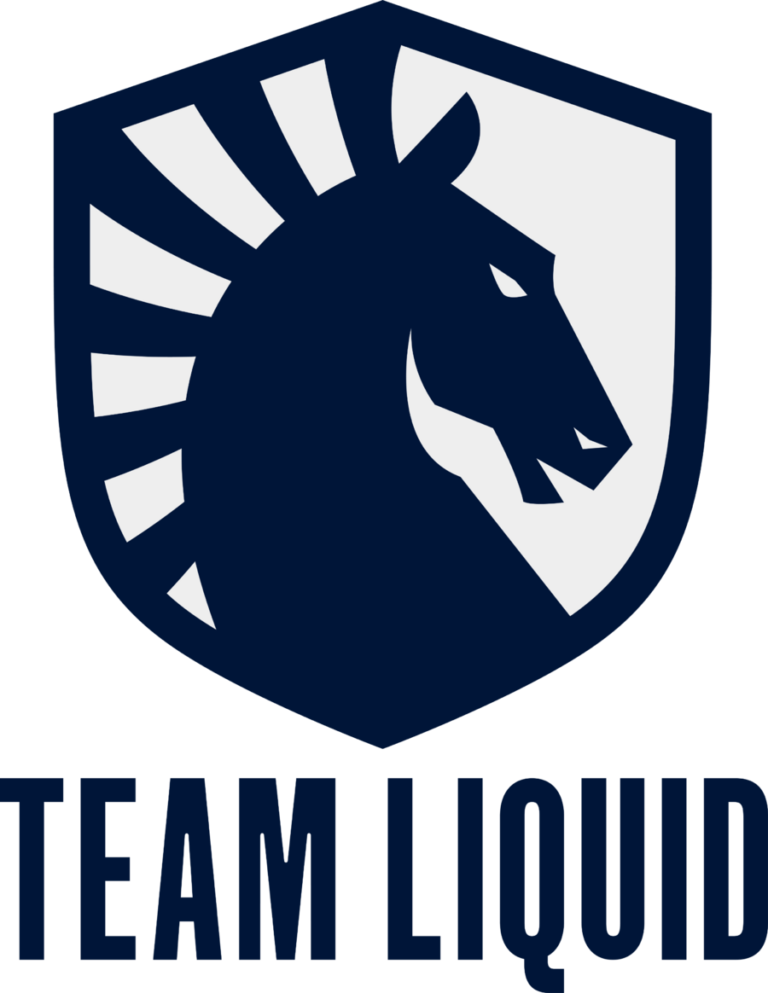Getting your screen resolution right in CS2 (Counter-Strike 2) isn’t just about better visuals—it’s about improving performance, reaction time, and even your overall gameplay experience. With all the excitement around recent CS2 news, more players are diving into the game, and choosing the best resolution has become an important part of staying competitive.
This guide will cover everything you need to know, from how resolution affects your performance to the settings the pros use. By the time you’re done, you’ll have all the tools you need to find the perfect setup for your hardware and playstyle.
What is Screen Resolution?
Screen resolution is defined by the number of pixels displayed on your screen, represented as width × height. For example, a resolution of 1920×1080 means the screen displays 1920 pixels horizontally and 1080 pixels vertically. Higher resolutions provide sharper visuals by displaying more pixels, ideal for immersive experiences in visually demanding games.
In CS2, screen resolution does more than determine visual clarity. It influences your ability to spot opponents, read the environment, and react quickly. Lower resolutions, such as 1024×768, reduce detail but increase frame rates, offering smoother gameplay on less powerful systems. Understanding how resolution affects these aspects is essential for making an informed choice.
Selecting the right resolution starts with understanding how it interacts with your hardware and preferences.
Aspect Ratios: 4:3 Vs. 16:9
Aspect ratio, the proportional relationship between screen width and height, plays a major role in how a game looks and feels. In CS2, players generally choose between 4:3 and 16:9 aspect ratios. These two ratios offer distinct advantages and disadvantages, catering to different playstyles and hardware setups:
- 4:3 Aspect Ratio: This is a classic competitive gaming option. Cropping and stretching visuals force the player’s focus toward the center of the screen, making it easier to concentrate on targets.
- 16:9 Aspect Ratio: This is a modern and widely used format. It provides a wider field of view, enabling players to spot enemies on the periphery.
Each ratio has its trade-offs, and understanding their impact is key to making the best decision for your needs.
Comparing 4:3 and 16:9 in CS2
Personal preference and playstyle are significant factors in deciding between 4:3 and 16:9. Competitive players often favor 4:3 for its performance benefits, while casual gamers or those with high-end hardware prefer the immersive visuals of 16:9.
4:3 Aspect Ratio:
- It boosts frame rates by reducing the number of pixels rendered, which is particularly advantageous for players with older hardware.
- Enemies and objects appear larger due to the stretched visuals, potentially making targets easier to spot.
16:9 Aspect Ratio:
- This ratio provides a natural and modern viewing experience with a broader field of view, ideal for players who value map awareness.
- It’s the default for most monitors, ensuring optimal visual clarity without distortion.
For newer players, 16:9 is often the better starting point, while veterans might appreciate the performance-focused design of 4:3.
How to Change Resolution in CS2
Adjusting your resolution settings in CS2 is straightforward, but the process requires a thoughtful approach to ensure the changes enhance your gaming experience. To change your resolution:
- Open CS2 and go to the Settings menu.
- Navigate to the Video section to find options to adjust the resolution and aspect ratio.
- Select your preferred resolution and aspect ratio, ensuring it aligns with your hardware capabilities and personal preferences.
- Save the changes and test your gameplay to verify the improvements.
Experimenting with different settings is often necessary to balance visual quality and performance.
Professional Players Resolution
Professional players in CS2 commonly opt for resolutions that maximize their competitive advantage. Unlike casual gamers, they prioritize performance over aesthetics. Popular resolutions among pros include 1024×768 (4:3) and 1280×960 (4:3).
These settings are preferred because:
- They enhance frame rates, crucial for high-paced competitive matches.
- Stretched visuals make enemies appear larger and easier to hit, which can be a game-changer in intense situations.
Studying professional players’ resolution preferences reveals how resolution impacts performance and provides valuable insights into how to play CS2 at a higher level. Emulating these settings can help you adopt a competitive mindset and optimize your gameplay.
Finding the Perfect Solution
Finding your ideal resolution is a balance between hardware capabilities, gameplay preferences, and personal comfort. Several factors play into this decision:
- Hardware Strength: Can your system handle high resolutions without compromising frame rates?
- Comfort Level: Do you find stretched visuals in 4:3 easier to focus on, or does the natural look of 16:9 feel more intuitive?
- Gaming Style: Casual players may prioritize visual fidelity, while competitive gamers often prioritize smooth performance.
Experimentation is key. Start with the default 1920×1080 and adjust downward if performance issues arise.
Pro Tips for Resolution Settings
Optimizing your resolution settings can give you an edge in CS2. Here are some pro tips to guide you:
- Lower resolutions enhance frame rates, making them suitable for competitive play.
- Experiment with aspect ratios like 4:3 and 16:9 to find the setup that complements your gaming style.
- Test settings in real matches to understand how they impact gameplay.
Ultimately, the best settings are the ones that let you play comfortably and effectively.
Impact of Resolution on Performance
Resolution settings directly influence performance in CS2 by affecting frame rates, visual clarity, and gameplay responsiveness. Higher resolutions like 1920×1080 demand more from your hardware, potentially lowering FPS. Lower resolutions, such as 1024×768, prioritize speed, making them a favorite for professional players.
| Resolution Type | FPS Impact | Visual Quality |
| 1920×1080 (High) | Medium | Excellent |
| 1280×720 (Medium) | High | Decent |
| 1024×768 (Low) | Very High | Basic |
Understanding these trade-offs will help you make informed decisions that suit your hardware and gameplay style.
What are Commonly Used Resolutions?
Most CS2 players gravitate toward a few popular resolutions based on their gaming needs:
- 1024×768 (4:3): Prioritized by professionals for speed and focus.
- 1280×720 (16:9): Balanced for clarity and performance.
- 1920×1080 (16:9): Ideal for immersive and casual gaming experiences.
Each resolution has its unique strengths, and experimenting with these settings can help you find the one that works best for you.
Summary
Choosing the best resolution for CS2 is essential for optimizing performance and gameplay. While 1920×1080 (16:9) offers stunning visuals and a wide view, many pros favor 1024×768 (4:3) for its performance boost and larger target visuals.
Aspect ratios like 4:3 enhance focus and frame rates, while 16:9 provides better map awareness. Experimenting with settings will help you find the perfect balance for your hardware and playstyle. Understanding how resolution impacts clarity and responsiveness allows you to gain a competitive edge and enjoy a smoother CS2 experience.
If you’re fine-tuning your resolution and looking to stay ahead in the game, don’t miss our CS2 updates page—it’s packed with strategies, tips, and resources to help you make the most of your settings and rise through the ranks.
